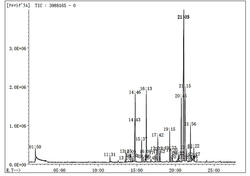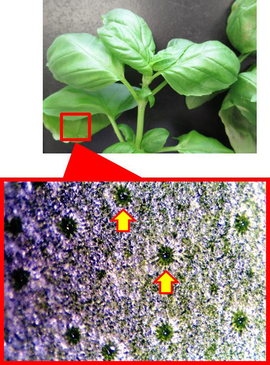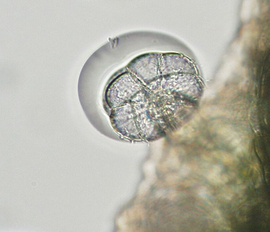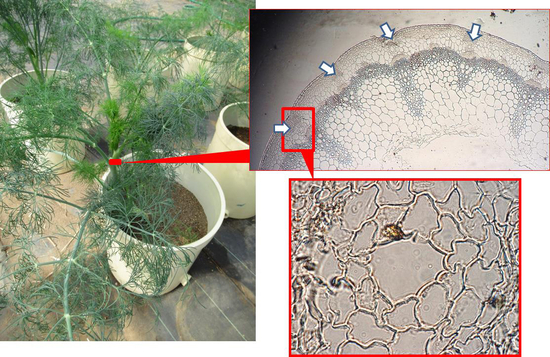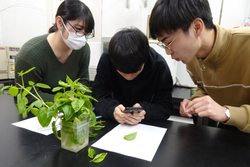This is an archive of information released in the past.
Disclaimer: It may contain broken links or outdated information. Some parts may not function in current web browsers.
*Visit https://humans-in-space.jaxa.jp/en/ for the latest information.

Scent of herbs
Written by Associate Professor Arisa NOGUCHI, Tokyo University of Agriculture
Scent of herbs

Associate Professor Arisa Noguchi, Tokyo University of Agriculture (Credit: Assoc.Prof. Noguchi)
Printer friendly version [PDF: 614.9 KB]
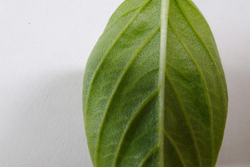
(Credit: Assoc.Prof. Noguchi)
Because plants cannot move, they make a lot of substances to protect themselves. Plants make substances such as poisons that cannot be eaten by animals, antibacterial substances that prevent mold and viruses, ingredients that prevent other plants from growing nearby, and scents that attract pollinating insects and animals that carry seeds. However, the fragrance substances and methods that protect themselves vary from plant to plant. There are many things we don't know why plants make scents.
Fragrance substances
Scent of herbs is composed of many chemicals. Dozens to hundreds of scents are mixed to create a plant-specific scent. Researchers use a special machine to find out what and how much of the scent is contained. The figure shows an analysis of the scent of basil.
About 140 scents have been found in sweet basil. The amount of the scent may not match the intensity of the smell. The fruit of a ripe durian smells very strong even in single pieces. Indole, one of scents, smells like poo and fart, but when it is diluted it has the scent of jasmine flowers.
Organs that make the scent
Herbs are the fragrant leaves or other parts of certain plants. Basil is a plant of Labiatae. Mint and lavender are also members of Labiatae. Labiatae has glandular hairs, an organ that makes scents on the surface of plant. Glandular hairs swell like a balloon by storing scents. It does not smell when approaching, but when you touch the leaves, the glandular hairs break and scents comes out.
Parsley and coriander are Apiaceae. Apiaceae has secretory canals, an organ that makes and stores scents in the plant. If you tear off the leaves or break the stem, scents come out.
Essential oils are liquids that contain scents. It smells very strong. Essential oils are collected by distilling or soaking the herbs. There are used for fragrances and aromatherapy. You can enjoy the scent of herbs in your daily life.
Let's observe the glandular hair
- Get leaves of fresh basil.
- Turn it over and place it on the desk and shoot with a camera phone or a digital camera.
- Enlarge the photo.
Let's study if there is a difference in leaf size or basil type. Let's compare it with other family leaves.
« Back to Asian Herb in Space
| Copyright 2007 Japan Aerospace Exploration Agency | Site Policy |

